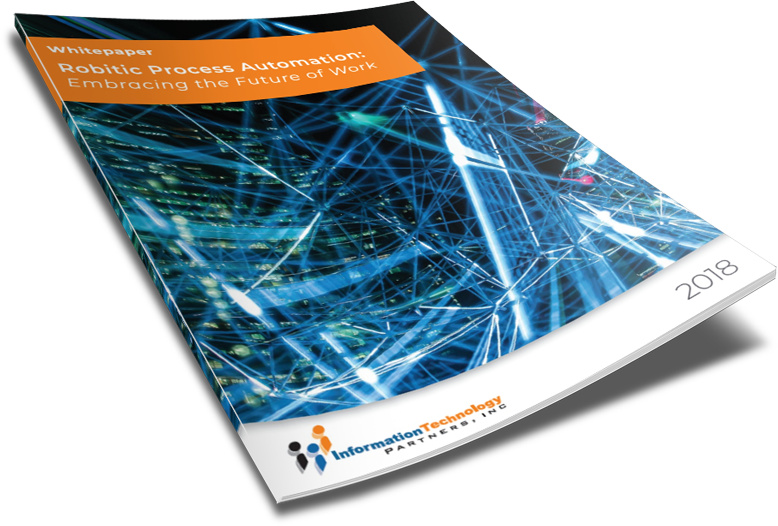TAKE NOTE (Insights and Emerging Technology)

The Government Accountability Office sustained 93 legal challenges to National Institutes of Health’s embattled solicitation, CIO-SP4, concluding that the agency “unreasonably failed” to advance proposals past the first phase on their evaluation.
In a statement, managing associate general counsel for procurement law at GAO Kenneth E. Patton said the agency’s decision to not advance those proposals was “flawed”, citing NIH’s inability to show that it both reasonably evaluated phase one proposals and determined which would move on to the next stages of the competition.
“GAO recommended that the agency reevaluate proposals consistent with the decision, and make new determinations of which proposals advance past phase 1 of the competition based on the results of these new evaluations,” Patton said, echoing previous statements from the organization.
Patton also said the GAO found the agency “unreasonably evaluated specific aspects” of a phase one proposal from Sky Solutions LLC. GAO denied remaining arguments the protesters raised, which included challenges to other aspects of the evaluations and untimely challenges, he said.
The decision was issued under a protective order because it “may contain proprietary and source selection sensitive information,” according to Patton. It addressed protests by entities represented by outside counsel who were eligible for a protective order. Protests filed by entities not represented by counsel will be addressed in a separate, forthcoming decision, Patton added.
Interested in learning more about RPA? Download our FREE White Paper on “Embracing the Future of Work”
UNDER DEVELOPMENT (Insights for Developers)
Data Fabrics Explained

Intro
Technological advancement enables seamless data generation in an organization. Although more data implies greater decision-making insights, complexities arise because you’ll require sophisticated systems to handle the enormous data sets. In addition, multiple data sources within an enterprise landscape require you to monitor all data platforms frequently for the latest trends and updates.
A data fabric offers the best solution for such data complexities. Through a unified data environment, you can streamline your processes into a seamless layer integrating various departments in the organization.
Discover the key functionalities of a data fabric as part of your Data Architecture solution and how it works. For a quick recap of what a Data Architecture is, see our blog Data Architecture – Understanding The Benefits
What is a Data Fabric?
Technological advancement enables seamless data generation in an organization. Although more data implies greater decision-making insights, complexities arise because you’ll require sophisticated systems to handle the enormous data sets. In addition, multiple data sources within an enterprise landscape require you to monitor all data platforms frequently for the latest trends and updates.
A data fabric offers the best solution for such data complexities. Through a unified data environment, you can streamline your processes into a seamless layer integrating various departments in the organization.
Discover the key functionalities of a data fabric as part of your Data Architecture solution and how it works. For a quick recap of what a Data Architecture is, see our blog Data Architecture – Understanding The Benefits
Architectural Elements of a Data Fabric

Data fabric architecture consists of many components collaborating to deliver data to its rightful place. Each component plays a vital role in extracting and delivering data insights across the enterprise. Here are the seven fundamental components of the data fabric architecture:
Data Sources (Internal/External)
Data sources generate relevant information for processing, storage, and use. A data source may be external or internal, depending on your preferences. For instance, data may originate from human resource information systems, resource planning software, document submission systems, and client relationship management tools within your organization. Alternatively, you may obtain data from the social media and third-party repositories.
Data Analytics and Knowledge Graphs
Most sources generate unstructured or semi-structured data. For this reason, you need a system to change the data to a simple, structured format. Data analytical tools and knowledge graphs convert data sets into coherent formats for easy processing. Through data analytics, you’ll also view and understand the complex relationships of data for insight generation….
– Dig Deeper –
Using Knowledge Graphs in Data Fabrics
Q&A (Post your questions and get the answers you need)

Q. I am reading about knowledge graphs in my data science class, can you explain in simple terms?
A. Well yes… I’ll try.
A knowledge graph is a structured representation of knowledge that captures relationships between different entities. It organizes information in a graph-like structure, where nodes represent entities and edges represent relationships between those entities. Each entity is associated with attributes or properties that describe its characteristics.
Again, A knowledge graph is made up of three main components: nodes, edges, and labels. Any object, place, or person can be a node. An edge defines the relationship between the nodes. See the picture below:

Knowledge graphs provide a way to model and store large amounts of interconnected information in a format that is easy to query and analyze. They enable the integration of diverse data sources and facilitate semantic search and reasoning. By connecting related entities through relationships, knowledge graphs can uncover hidden patterns, infer new information, and support complex data analysis tasks. They have applications in various domains, such as artificial intelligence, data science, natural language processing, and semantic web technologies, where they are used for tasks like question answering, recommendation systems, and knowledge discovery.
Think Siri or Alexa…LOL
Cheers!



